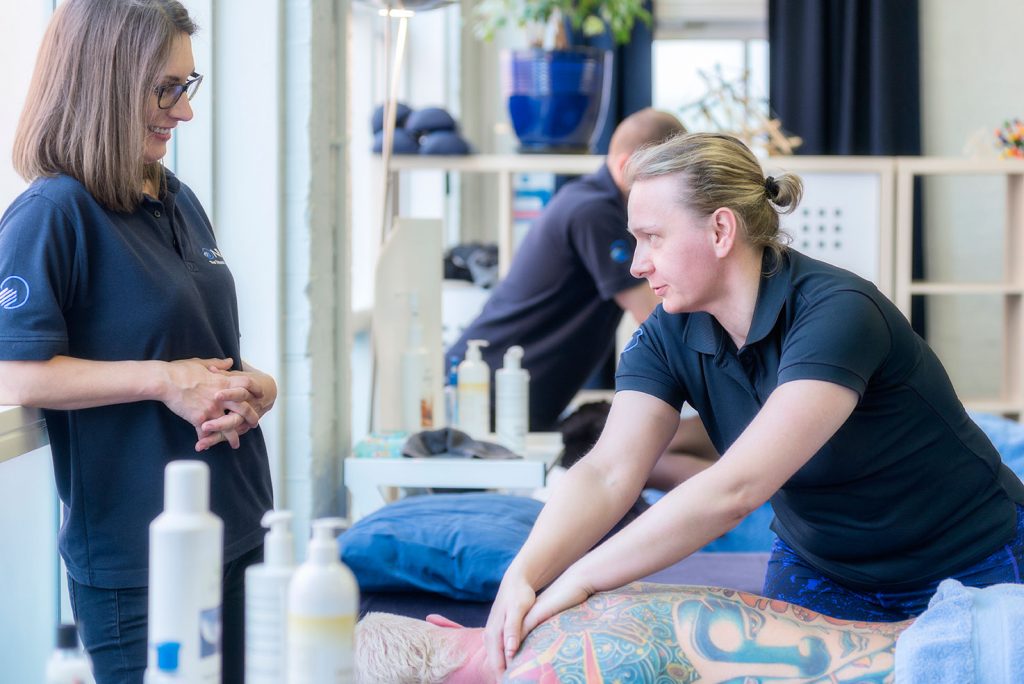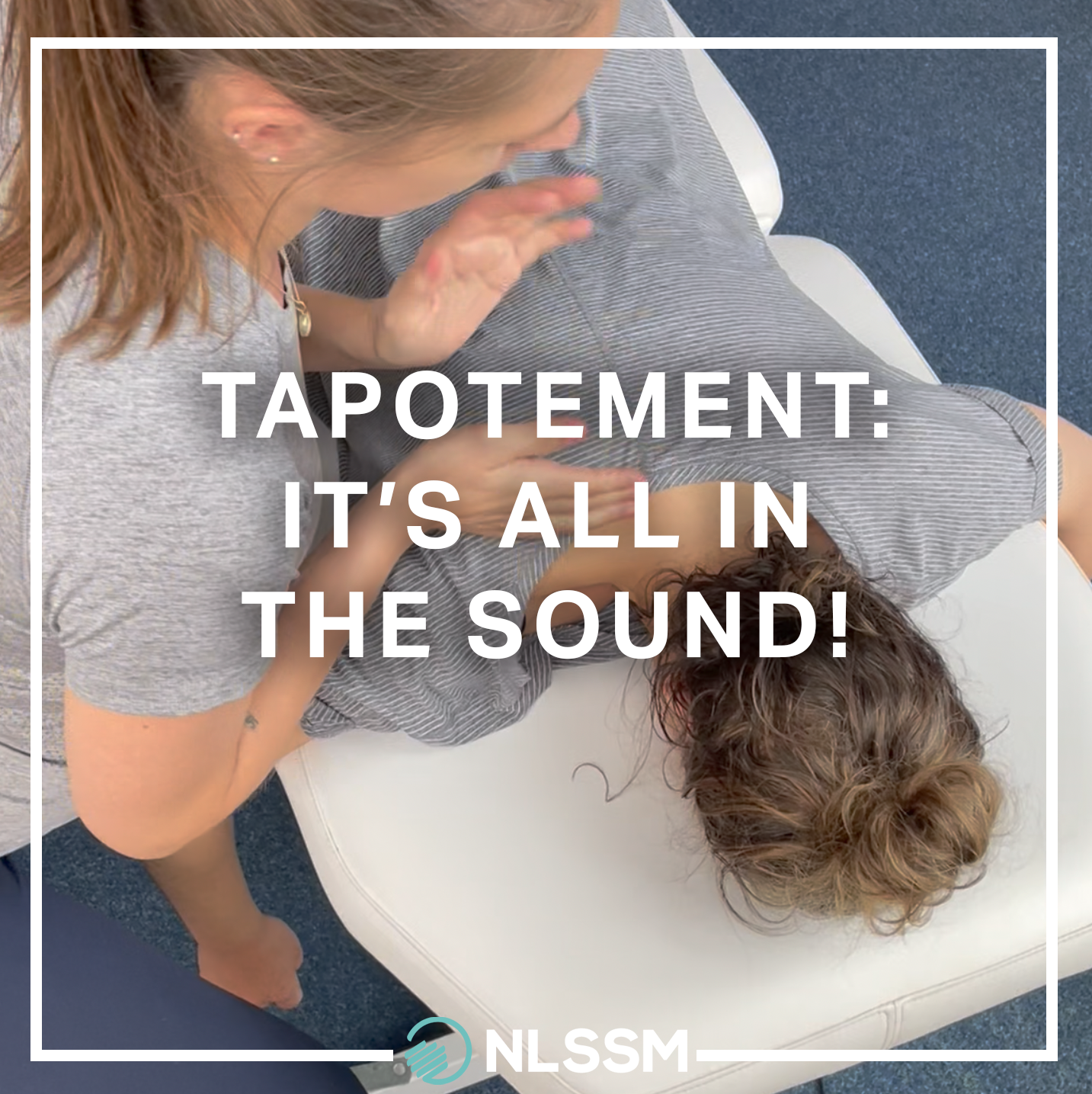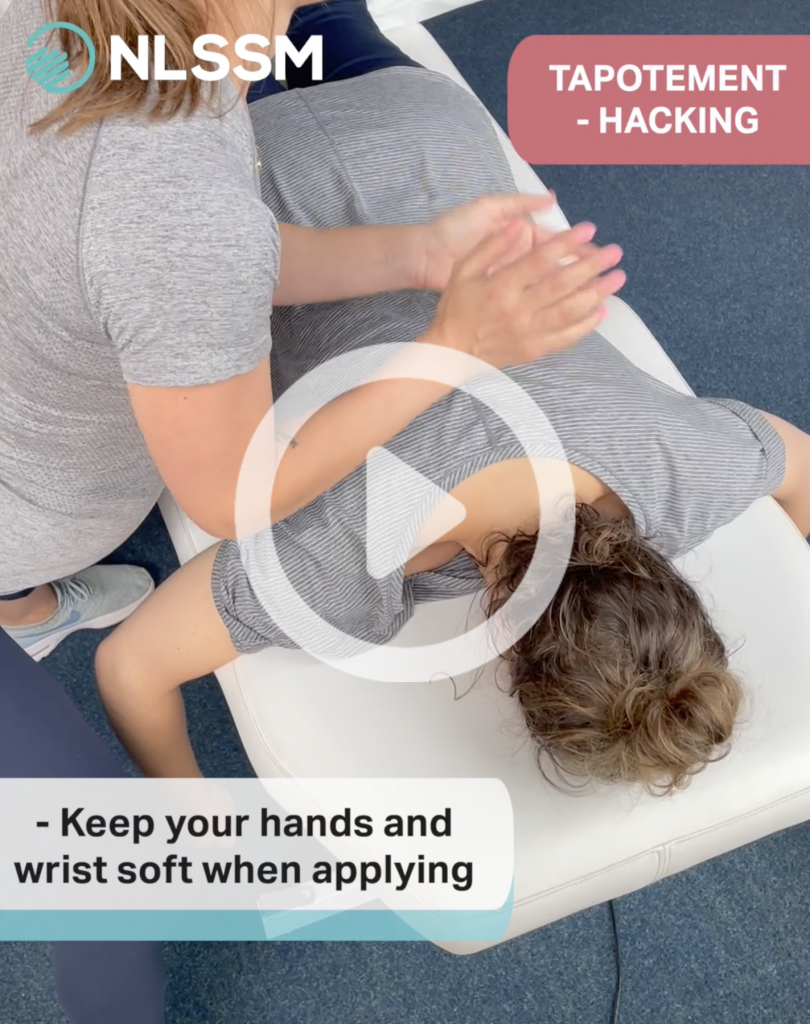The name of the stroke is taken from the French word “Tapoter”, meaning to tap or to drum.
A rhythmic percussion, mostly administered with the edge of the hand, a cupped hand or the tips of the fingers. We consider this technique a part of our general massage tool kit!
Keep reading for a short review of how and when to use this technique!
WHEN TO USE IT?
It has a variety of purposes depending on depth and speed, but the main ones are:
- Help stimulate muscles/skin. It can reduce tone or enhance it.
- Great for pre and post-event situations
- Ending a treatment – prepare the client for getting up and bring awareness to the area
It is also recommended for clients who are at the end of a cold and still sound a bit chesty, that goes for most bronchial infections when you want to get things moving, including clients who suffer with cystic fibrosis. It is great as a home care technique under these conditions, tapping with fists or heal of hand, note, I did not say pounding.
Remember! There are contraindications and modifications required for any technique so please make sure you are well versed in these before applying said technique. An example would be someone with severe osteoporosis but it could be modified if they have a mild form.
1. CUPPING
Ideal for larger surface areas such as the back (as seen in the video), anterior & posterior thighs and calves.
Hands are shaped as relaxed domes or cups.
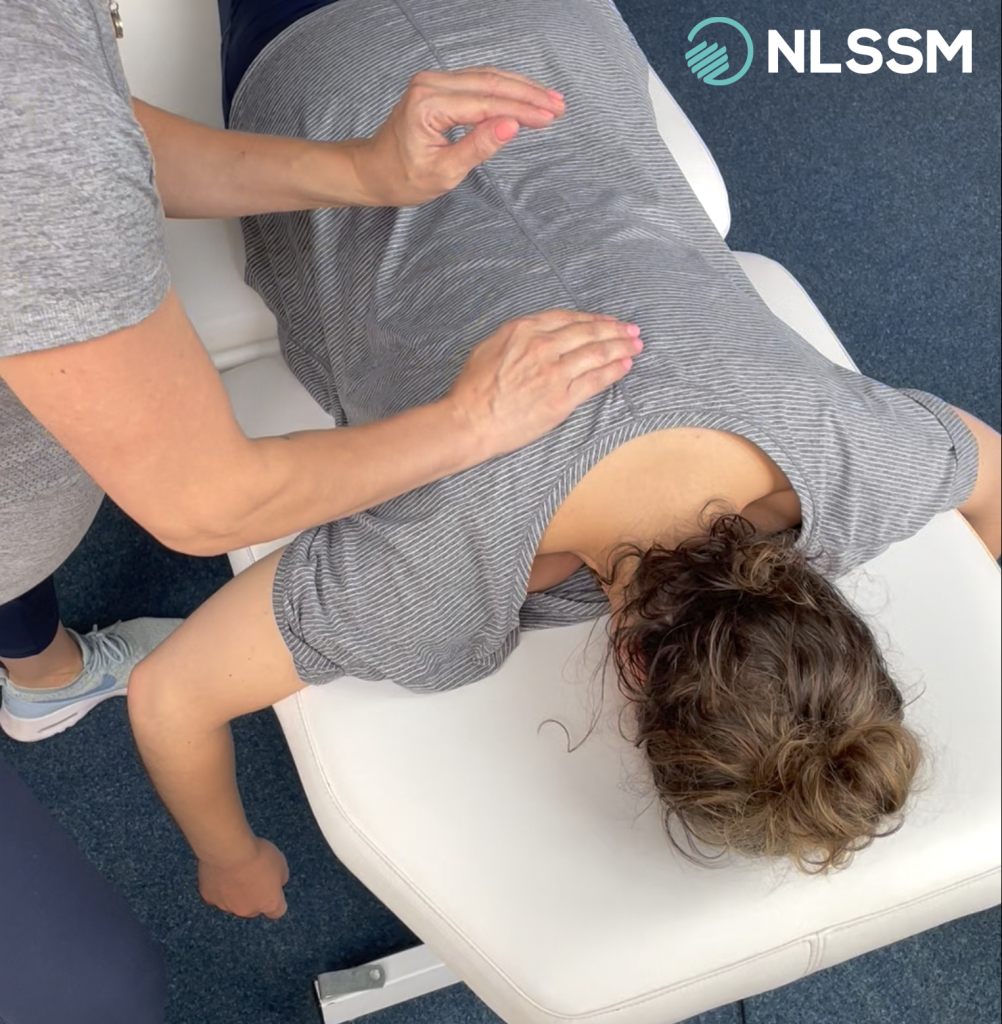
2. HACKING
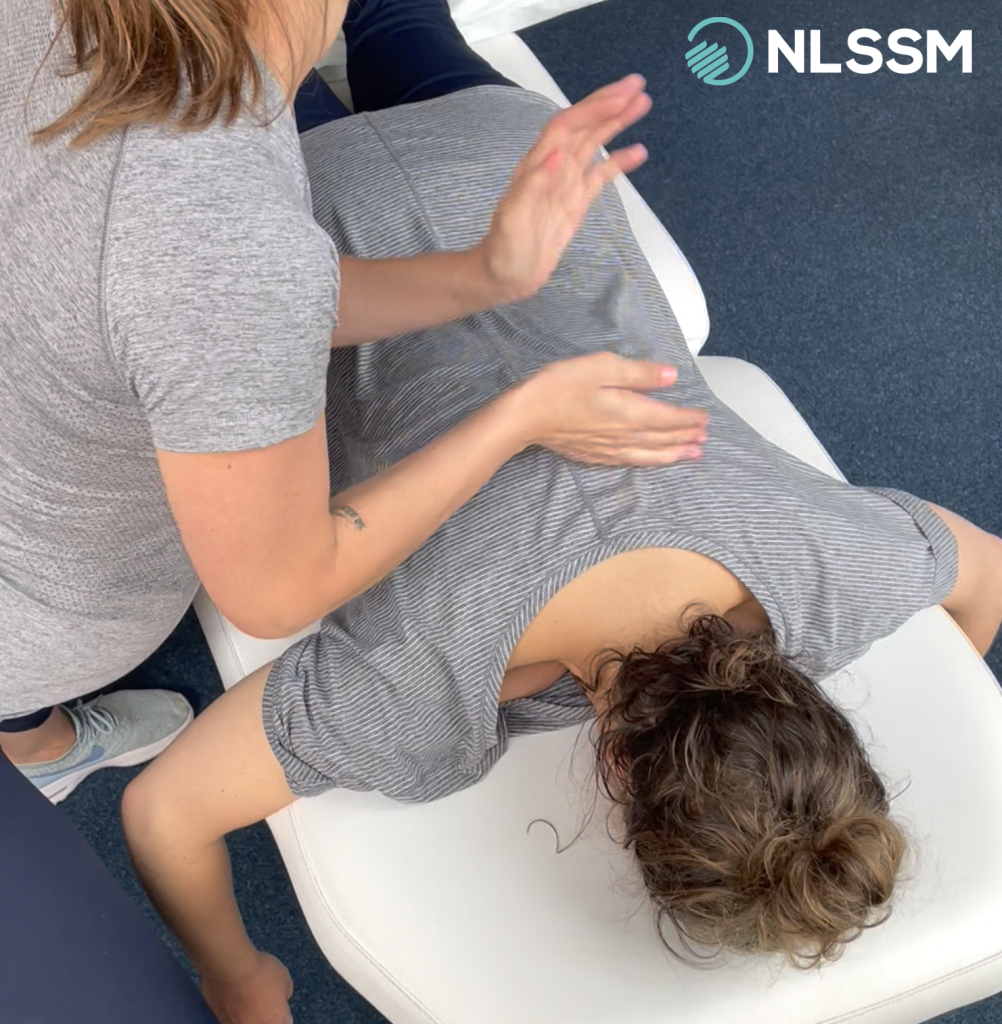
A deeper more specific version of Tapotement.
Works for larger surface areas but also more specific places such as the upper trapezius or even an area like the peroneals!
The aim is to keep relative softness in the hands and wrists when applying. It is even more important that you pay attention to how relaxed your hands are if there isn’t a lot of soft tissue to work with.
3. PUFFER
Ok, this one can be a bit of a challenge to achieve, it requires a bit of practice.
The key to this version is to create space between your two hands – helpful tip: pretend you have something delicate in between your hands you are protecting but it is completely sealed in.
This is a softer version of cupping, great for broad surfaces.
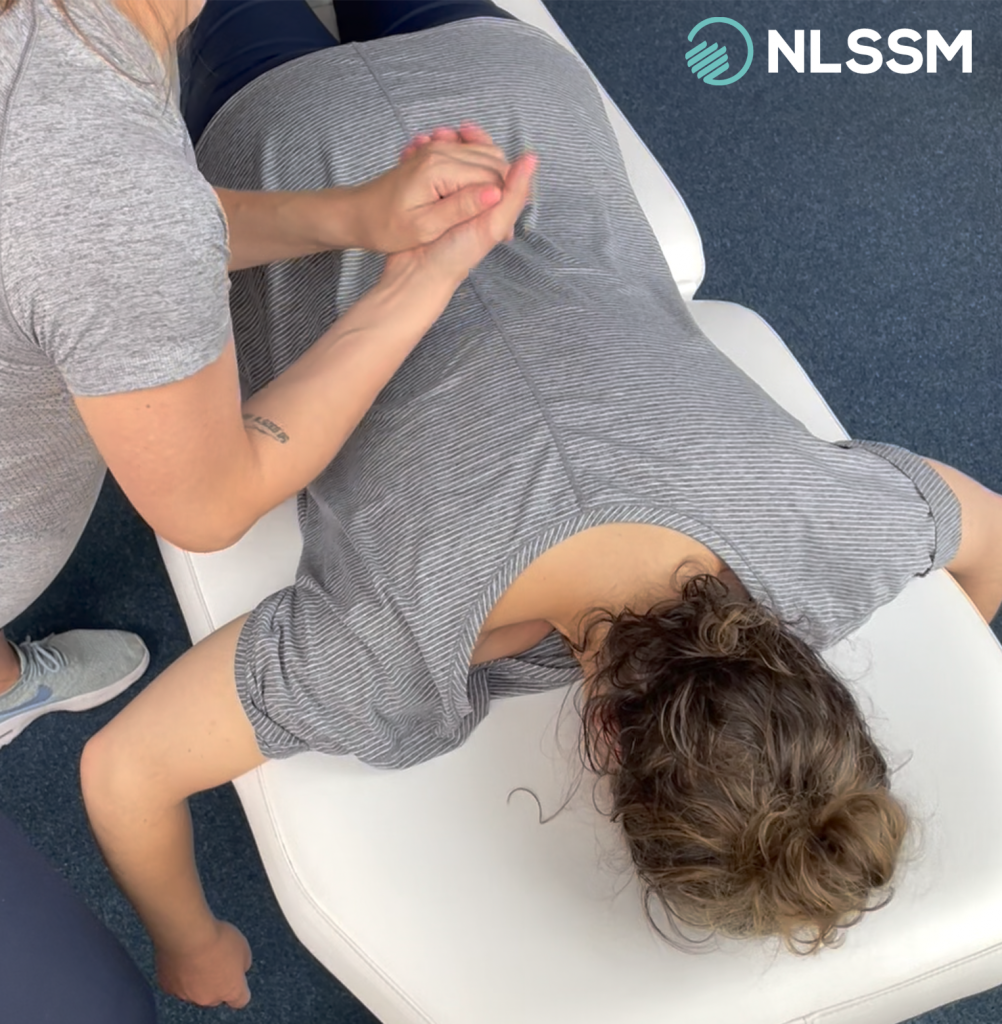
Continue your learning...
We cover Tapotement and a wide range of techniques on our Level 5 diploma in Sports Massage and Remedial Soft Tissue Therapy.
